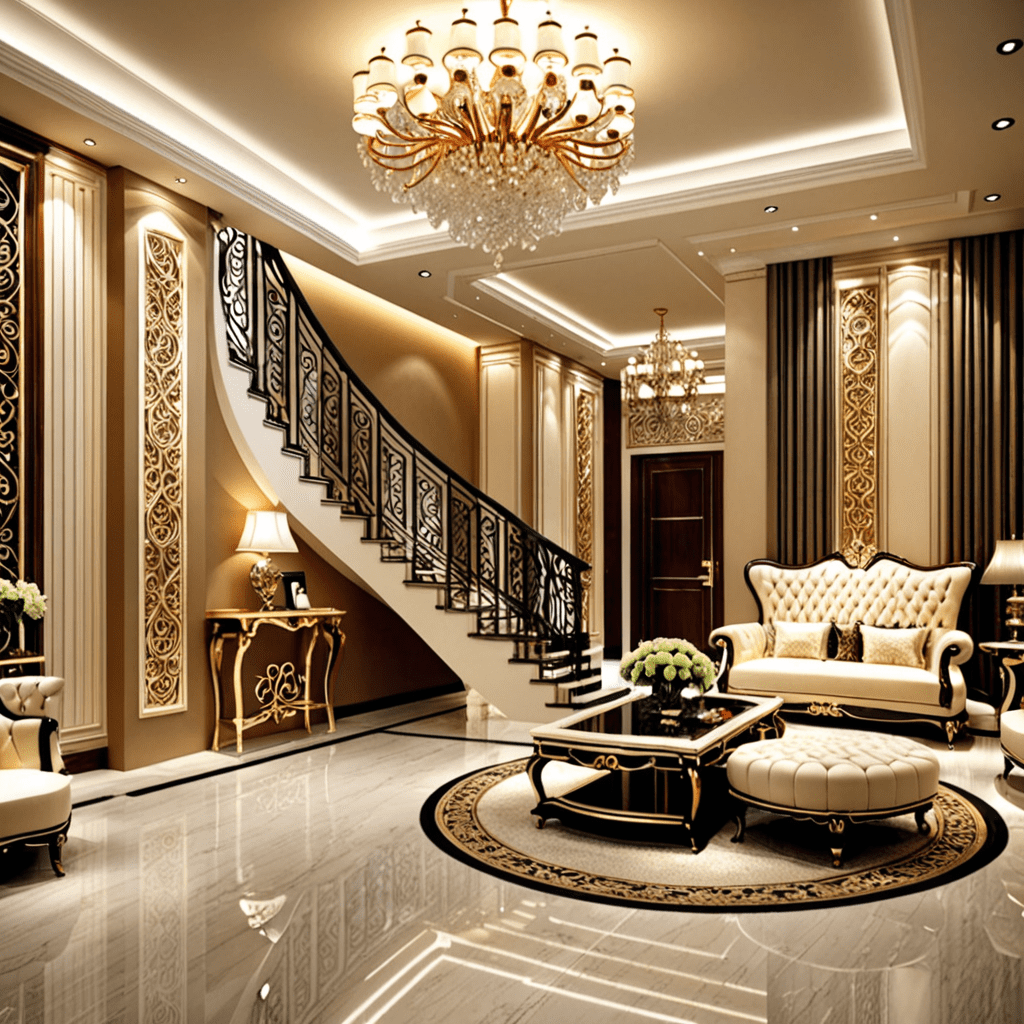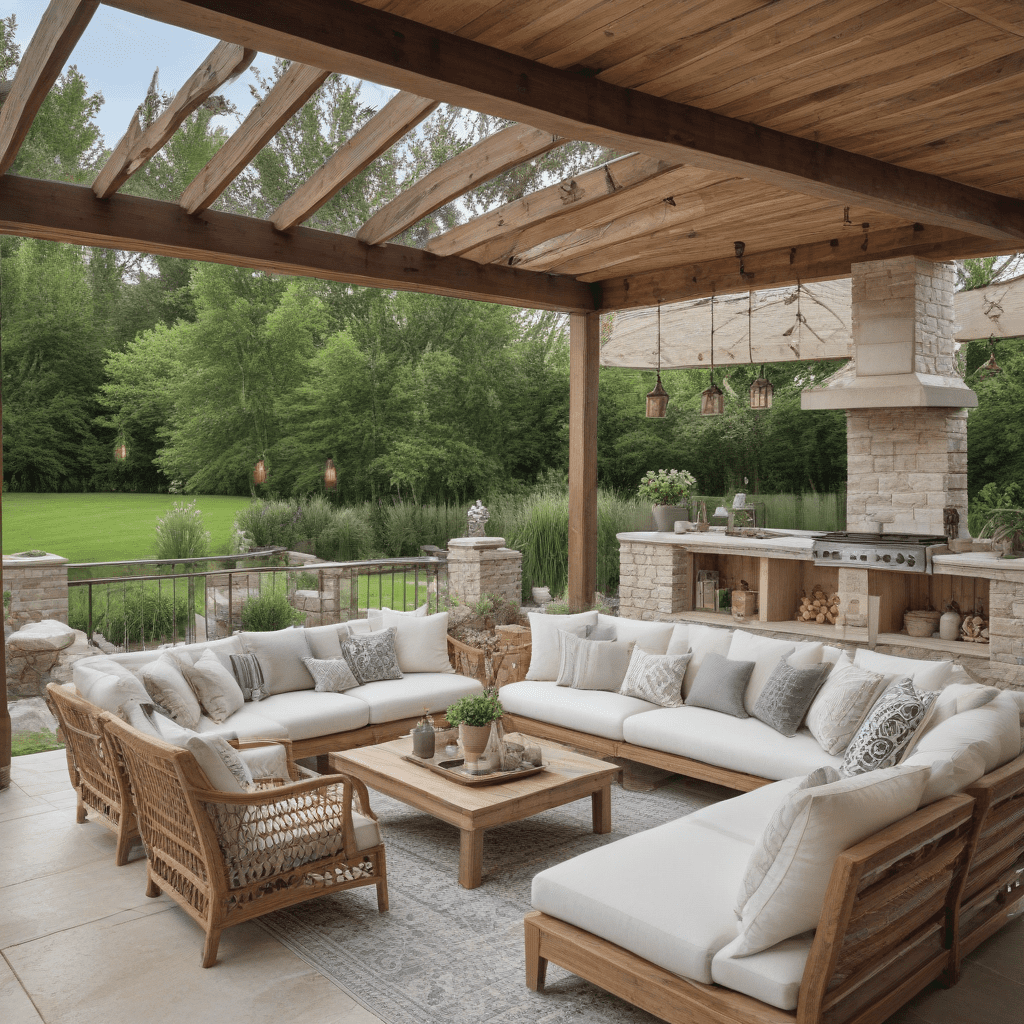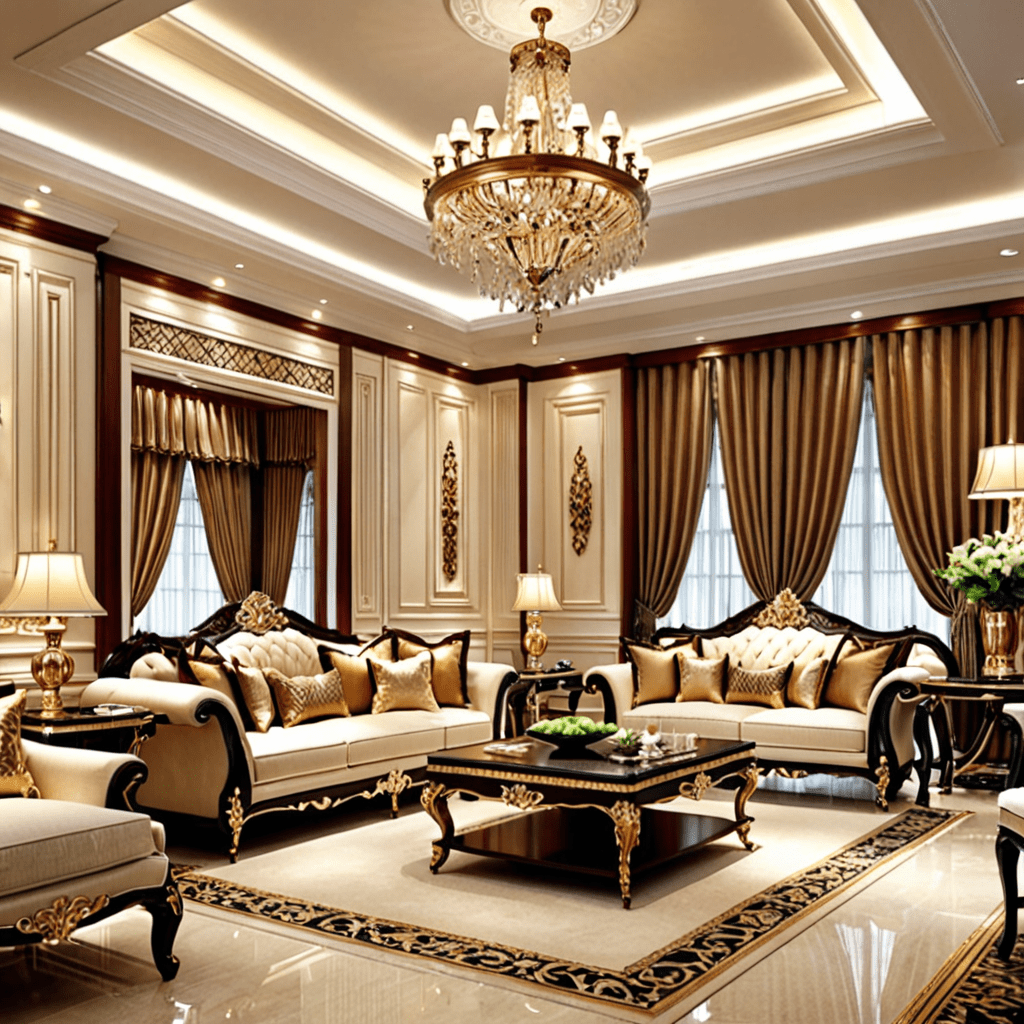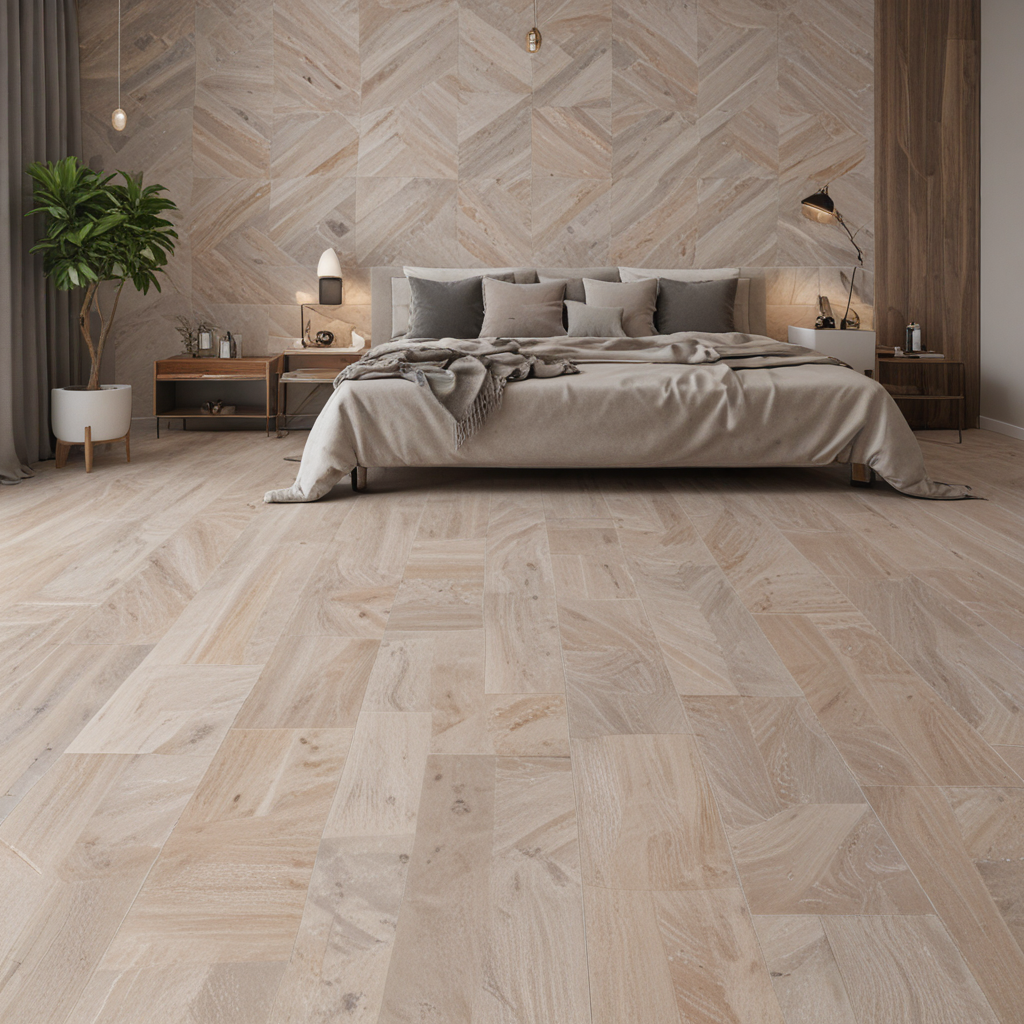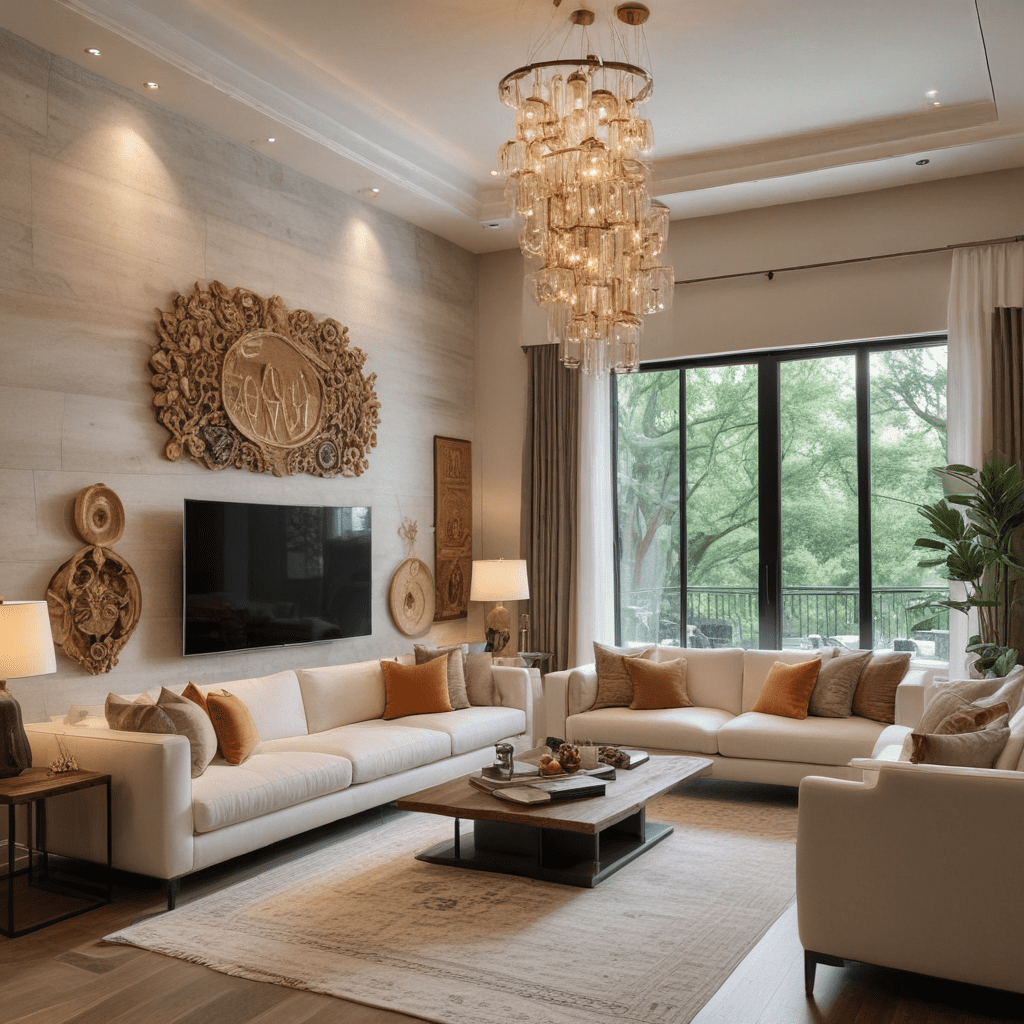From Seating to Storage: Multifunctional Furniture for Every Need
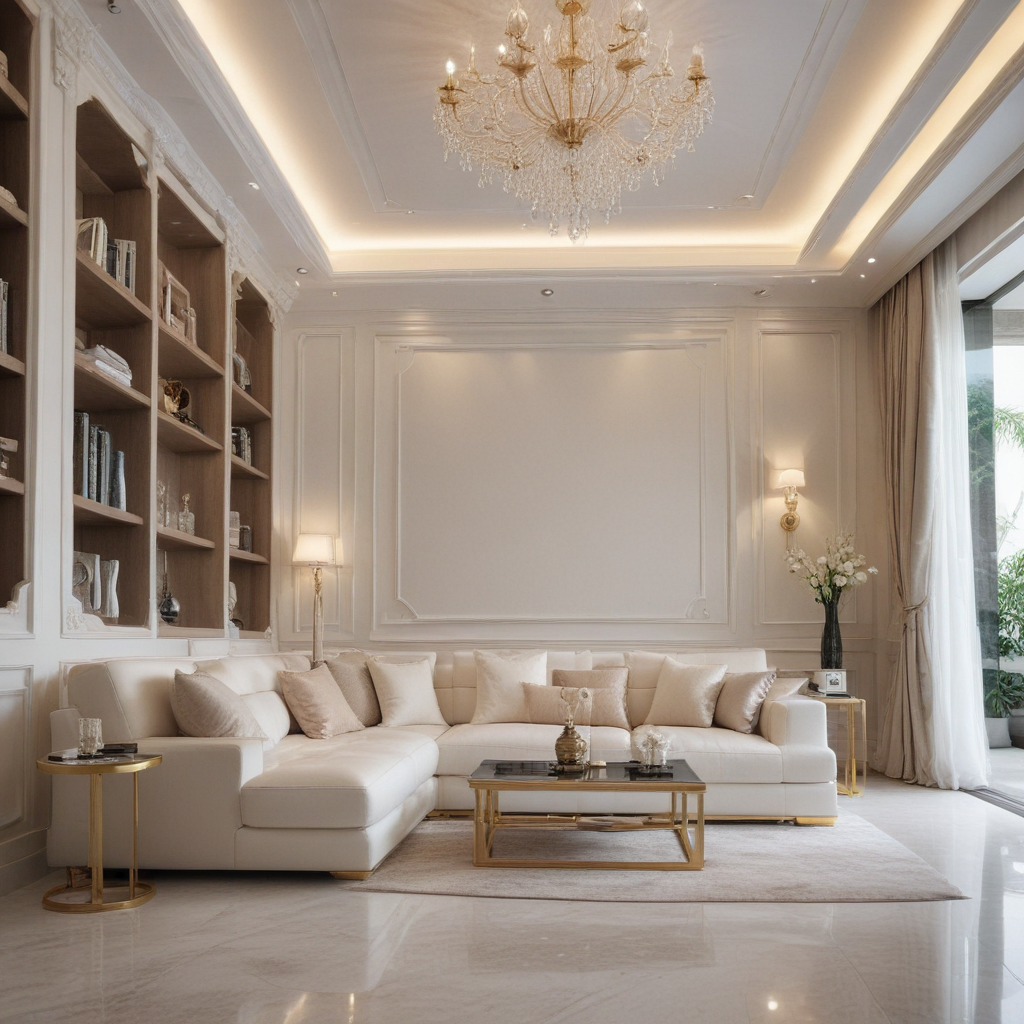

From Seating to Storage: Multifunctional Furniture for Every Need
Introduction: The Rise of Multifunctional Furniture
For homeowners and renters alike, maximizing space is key to creating a comfortable and functional living environment. This is especially true in urban areas, where living spaces are often smaller and more expensive. In response to these evolving needs, multifunctional furniture has emerged as a popular and innovative solution. This type of furniture offers multiple functionalities, combining storage, seating, and other features into one versatile piece.
The rise of multifunctionality is not merely a trend but a reflection of changing lifestyles and priorities. People today are looking for ways to live more efficiently, prioritize sustainability, and personalize their spaces. Multifunctional furniture addresses these concerns by offering a way to optimize space, reduce clutter, and increase the overall value of a home.
1. Space Optimization: Embracing Small Homes and Urban Living
In small homes and urban apartments, maximizing every inch of space is crucial. Multifunctional furniture plays a key role in maximizing square footage by combining the functions of two or more pieces into one. A popular example is the Murphy bed, which folds into a wall unit during the day, transforming a bedroom into a living room or office space. Similarly, ottomans with built-in storage compartments can serve as both seating and a storage solution for blankets, books, or other belongings. These space-saving solutions create more room for movement and activities, making small spaces feel more open and functional.
2. Transforming Living Spaces: Adapting to Different Needs
Multifunctional furniture goes beyond space optimization by providing the flexibility to adapt to different needs and activities. A futon can serve as a sofa for lounging during the day and easily transform into a bed for guests at night. Coffee tables can feature hidden storage compartments or extensions, turning them into dining tables for impromptu meals or gatherings. These versatile pieces seamlessly transition from one function to another, allowing homeowners to utilize their space in multiple ways and adapt to changing circumstances.
3. Functionality and Style: Achieving Both in One Piece
Gone are the days when functionality meant sacrificing style. Today's designers are creating aesthetically pleasing multifunctional furniture that complements various interior styles. A dining table can have a sleek extendable feature, allowing it to accommodate larger groups while maintaining a clean modern look. A bookshelf can double as a room divider, providing privacy and adding visual interest. Multifunctional furniture offers the best of both worlds: practicality and design, ensuring that furniture enhances both the function and aesthetic appeal of a space.
4. Smart Storage Solutions: Maximizing Hidden Potential
The ability to cleverly conceal storage within furniture is another advantage of multifunctional design. Ottomans, benches, and beds with hidden compartments provide discreet storage for linens, electronics, and other belongings. Sofas with built-in shelves offer a stylish way to display books or decorative objects while maximizing storage space. By incorporating storage into the furniture itself, multifunctional pieces help declutter spaces, minimize visual noise, and create a sense of order and tranquility.
5. Seating with Secrets: Ottomans, Benches, and More
Seating furniture offers significant potential for multifunctional design. Ottomans with storage compartments provide extra seating while accommodating blankets, pillows, or board games. Benches with lift-up seats reveal hidden storage for toys, electronics, or shoes. Multifunctional seating designs are particularly valuable in small living rooms, bedrooms, and entryways where maximizing storage and function is essential.
6. Beyond the Bed: Multifunctional Bedroom Furniture
The bedroom is another space where multifunctional furniture can truly shine. Platform beds with built-in drawers provide ample storage for clothes, linens, or off-season items. Headboards with built-in shelves or compartments offer a practical and stylish way to store books, electronics, or personal belongings. Wall-mounted desks or vanities that fold away create a designated workspace or vanity area without taking up valuable floor space. By incorporating multifunctionality into the bedroom, homeowners can maximize storage, create designated areas for different activities, and maintain a clean and organized aesthetic.
7. The Art of Disguise: Furniture that Doubles as Decor
Multifunctional furniture can also serve as a beautiful and unique design element. Coffee tables with hidden compartments can transform into decorative display cases for treasured objects or plants. Ottomans with upholstered lids can double as footrests or side tables, adding a touch of elegance and functionality to any living space. Beds with built-in headboards featuring intricate designs or textured fabrics can serve as a focal point in the bedroom, enhancing the overall ambiance and style. By blurring the lines between functionality and aesthetics, multifunctional furniture adds a touch of sophistication and personalized design to any interior.
8. Sustainable Choices: Eco-Friendly Multifunctional Furniture
The rise of sustainability has led to the development of eco-friendly multifunctional furniture options. Many manufacturers are using recycled materials, sustainable wood sources, and low-VOC finishes to create durable and multifunctional pieces that are kind to the environment. Additionally, the ability to combine multiple functions into one piece reduces the need for multiple pieces of furniture, minimizing resource consumption and waste. By choosing eco-friendly multifunctional furniture, homeowners can contribute to a more sustainable future while enjoying the benefits of space optimization and versatility.
9. The Future of Furniture: Innovation and Versatility
The future of furniture is undoubtedly multifunctional. As technology and design continue to evolve, we can expect to see even more innovative and versatile furniture pieces that seamlessly integrate multiple functions into stylish and space-saving designs. Smart furniture with built-in charging stations, lighting systems, and even entertainment features will likely become more commonplace. Additionally, the increasing popularity of modular furniture systems will allow homeowners to customize their spaces and adapt their furniture to their changing needs and preferences.
10. Conclusion: Embracing the Multifunctional Revolution
The rise of multifunctional furniture is a testament to our evolving lifestyles and the need for smart and efficient living solutions. By maximizing space, adapting to different needs, and seamlessly blending functionality and style, multifunctional furniture offers a practical and stylish approach to modern living. Whether you live in a small urban apartment or a spacious suburban home, embracing the multifunctional revolution can help you create a comfortable, functional, and beautiful living space that reflects your individual needs and preferences.
FAQ
What are some of the most popular types of multifunctional furniture?
The most popular types of multifunctional furniture include Murphy beds, ottomans with storage compartments, futons, coffee tables with extensions, and dining tables with hidden storage features.
What are the benefits of using multifunctional furniture?
Multifunctional furniture offers several benefits, including maximizing space, providing flexibility to adapt to different needs, combining functionality and style, offering clever storage solutions, and promoting sustainability.
How can I choose the right multifunctional furniture for my needs?
When choosing multifunctional furniture, consider your space constraints, lifestyle needs, aesthetic preferences, and budget. Think about the functions you need the furniture to serve and choose pieces that seamlessly integrate those functions into a stylish and space-saving design.
Are there any downsides to using multifunctional furniture?
Multifunctional furniture can sometimes be more expensive than traditional furniture. Additionally, finding pieces that match your specific needs and style can require more research and effort. However, the benefits of space optimization, versatility, and functionality often outweigh these drawbacks.
